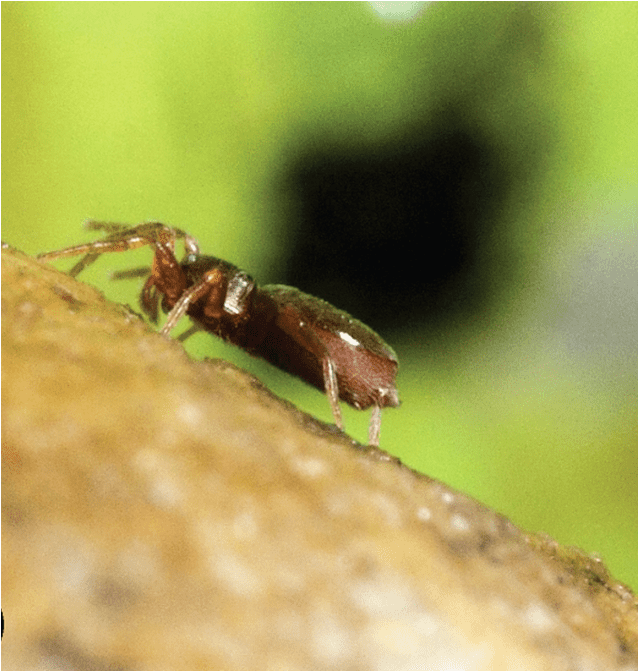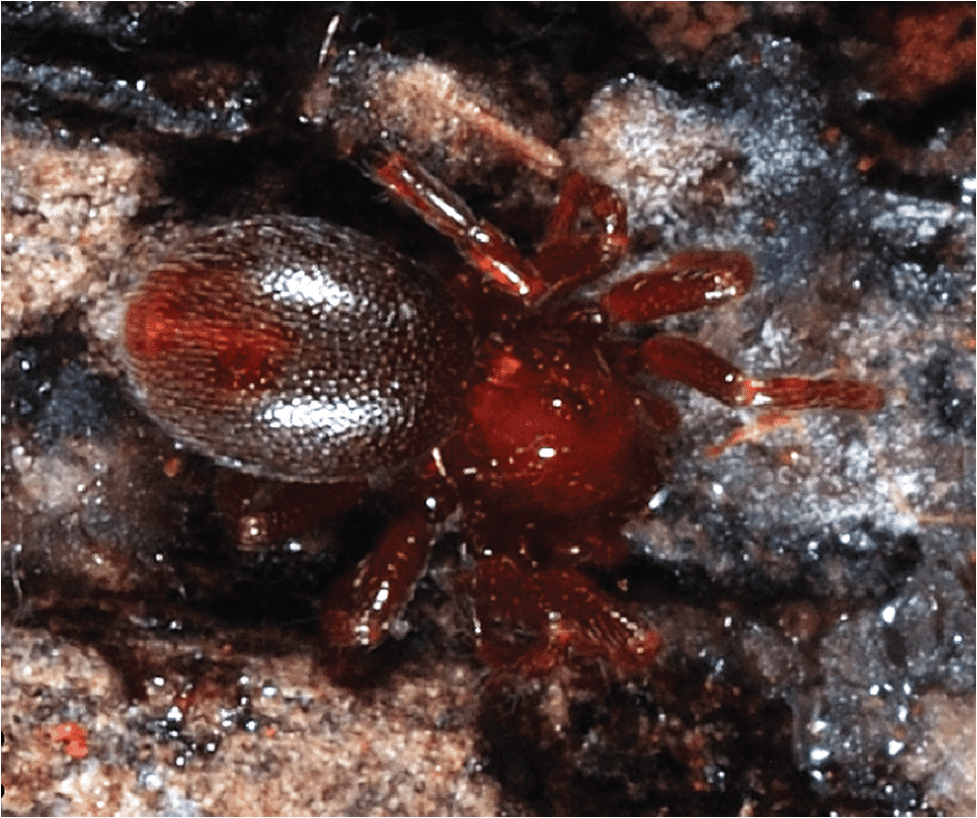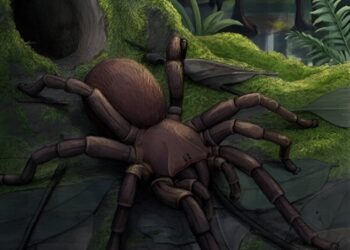The goblins Bom, Snooky and Tumpy and the brownies Chippy, Snippy and Tiggy, will lend their names to six new species of spiders.

In the 1970s, English children’s writer Enid Blyton wrote several popular books, including “The Goblins Looking-Glass” (1947), “Billy’s Little Boats” (1971) and “The Firework Goblins” (1971). The books inspired many children over the years, including some children who went on to become scientists and study wildlife in the rapidly diminishing forests of Sri Lanka.
Prof. Suresh P. Benjamin and Ms. Sasanka Ranasinghe of the National Institute of Fundamental Studies, Sri Lanka, have described a total of nine goblin spider species, with six genera being new to science, and two of these genera being reported for the very first time outside of Australia.
It’s a remarkable finding, which enriches the spider fauna in Sri Lanka, which consists of 45 species in 13 genera. For a country that’s two times smaller than Virginia (measuring only 65,610 square km), that’s already very impressive.

The habitats of the spiders are threatened, however. Deforestation, intensive agriculture and continued urbanization drastically threaten these ecosystems.
“Being short-range endemics with very restricted distributions, these species may prove to be very important when it comes to monitoring the effects of climate change and other threats for the forest habitats in Sri Lanka,” explain the researchers.
To mark their finds, researchers named these spiders after the children’s books mentioned above. In the folklore of some European countries, goblins and brownies are small and often mischievous fairy-like creatures. They can do nice things (like chores) when people are sleeping, if the people leave cookies and other goods for them. But if the people don’t care for them, they can hide things around or even steal them.
Like their mythological counterparts, the goblin spiders are very difficult to notice as they go about their daily lives. At a size of a few millimeters, goblin spiders live on the threatened forest floors they call home, which humans seem so keen on destroying. Going further with the analogy, they too depend on humans for their survival.
Journal Reference: Ranasinghe UGSL, Benjamin SP (2018) Taxonomic descriptions of nine new species of the goblin spider genera Cavisternum, Grymeus, Ischnothyreus, Opopaea, Pelicinus and Silhouettella(Araneae, Oonopidae) from Sri Lanka. Evolutionary Systematics 2: 65-80. https:/






